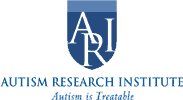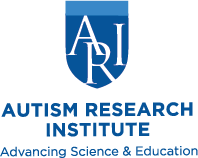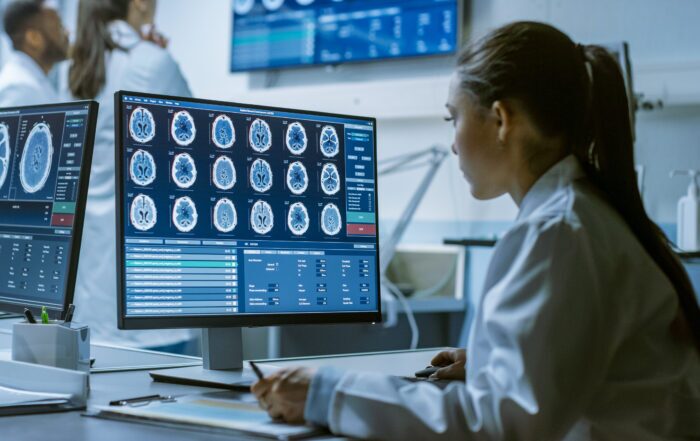Published: 03/16/2016

Improving Clinical Understanding of Autism
Free webinar at 1 p.m. Eastern time (US), Wednesday, November 6, 2024 Learn about emerging research on improvements in clinical understanding that can be gained by applying findings from the neurosciences field.
White Matter Development and Language in Autism
Learn about emerging research on white matter development and language abilities during infancy in autism.Handouts are online HERE The speaker: Tyler McFayden, PhD, is a
Targeting Brain Plasticity in Autism using a Reading Intervention
Dr. Rajesh Kana considers the intersection of language comprehension, neuroplasticity, and autism interventions. He discusses contemporary research illustrating distinct patterns in autistic brain activity and underscores the importance of neuroplasticity
Early exposure to pollutants may alter brain’s development
A new study suggests that exposure to air pollutants before birth and during childhood may lead to alterations in white matter microstructure in the brain. Abnormal white matter microstructure has been
Widespread changes detected in the cerebral cortex in autism
New research indicates that in autism spectrum disorders (ASD), changes at the molecular level are present throughout the cerebral cortex rather than solely in cortical regions associated with language and
Behavioral and Brain Signatures of Autism in Females
Kaustubh Supekar, Ph.D., examines recent findings about gender/sex differences in autism phenotypes and brain organization. He highlights the underrepresentation of females in autism and underscores the need for a large-scale science approach. The







